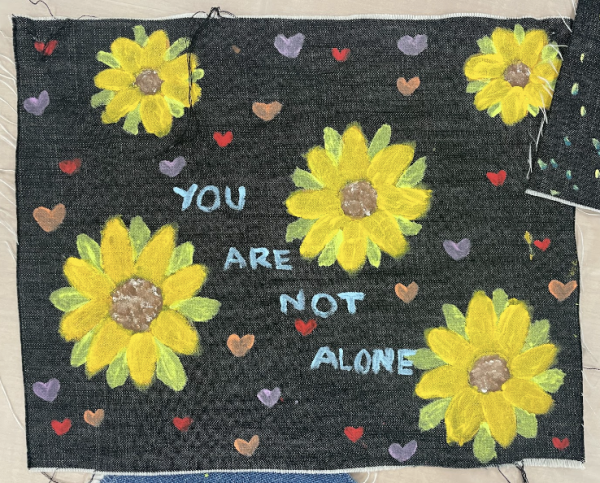Simply Salmon
Salmon: the other red meat. Well, kind of. Salmon gets its red color from a pigment called astaxanthin — rhymes with shasta-dancin’ — either naturally or unnaturally. We’ll get into that later.
I don’t eat much fish these days because of the fishing industry’s environmental impact, but salmon is usually my go-to when I do. The health benefits are considerable, and salmon’s natural flavor is unmatchable, depending on its source.
Farmed salmon are normally gray in color, so farmers introduce astaxanthin to the fish to make the color more appealing to consumers. This salmon contains the fatty acid omega 3, which is great for brain health, but also omega 6 fats, which, in high doses, can lead to inflammation in the body. Americans get plenty of omega 6 in our diet. Such foods include shortening/margarine, soybean, canola, vegetable and corn oils, beef, walnuts, peanuts, pecans, almonds and eggs.
On the other hand, wild salmon skews that omega 3 and 6 ratio much more in favor of the 3. Also, wild salmon produce astaxanthin naturally; they can be spotted as such by their deeper red color.
For my money, I only buy wild salmon for these reasons.
Hey. You’re not here for a science lesson. Before we get into it, though, I need to speak more to methodology. I cringe when I see cooks ruining a great salmon fillet because they either a) try to get fancy with a grill or other heating element (see note), or b) over-season the fish.
You can experiment all you want, but if you’re trying to get the basic, fundamental procedure down for perfect salmon every time, less is more. This includes the side dishes; I think salmon is great with green beans, asparagus or broccoli, and always on a bed of rice. The more complex the dish becomes, the more you’re masking the flavor of a truly unique and tasty fish.
Let’s cook.
Prep time: 5 minutes
Cook time: 6 minutes
Rest time: 5 minutes
Total time: 16 minutes
Serves: 1
EQUIPMENT
Cutting board
Kitchen or paring knife
Spoon
Heat-safe spatula
Cast iron pan (use a non-stick pan if you have to, but nothing beats cast iron pans or griddles for this fatty cut.)
Tinfoil
INGREDIENTS
One 1-to-2-inch-thick salmon fillet
½ tablespoon of olive oil
Salt and pepper
½ tablespoon of butter
1 clove of minced garlic, about two teaspoons
Sesame seed and parsley for garnish (optional)
Procedure:
Pick out any “pin bones” from the fillet (see note).
Lightly (and I mean lightly: just a sheen — no pooling) oil the cast iron pan, spreading out evenly along the bottom with a paper towel or napkin.
Preheat the pan on the range’s high heat setting.
Coat the fillet with olive oil on a plate; add salt and pepper to your preference.
Once the pan is what an old chef of mine would’ve called “damned hot,” place the fillet in the center of the pan, meat-side down, for 3 minutes. Do not touch it (see note).
Flip the fillet with your spatula to skin-side down and add butter and garlic to the pan.
Use the spoon to baste the meat side of the fillet with the garlic butter for another 3 minutes.
Remove the salmon from the pan, pour the remaining butter on the fillet, and cover it loosely with tinfoil, letting it set for at least 5 minutes.
Garnish with sesame seed and parsley, if desired.
NOTES
Falling through the cracks — I once worked at a restaurant that listed “grilled salmon” on the menu. It was delicious, but I probably lost 30% of that salmon through the grill grates because of the fillet density and moisture/fat content, varying grill heat and other factors. My point is: To ensure your salmon is foolproof, start with a flat surface that can not only obtain high heat, but sustain it. Cast iron is really where it’s at in this department.
No bones about it — processors take bones out of fillets before shipping, but it’s predictable they’ll miss a few. Rub your fingers along the fillet to feel for any extras and pinch them out with fingers or tweezers.
Uniquely positioned — salmon is the only protein I know that requires cooking the skin side last. Normally, anything with a skin should be cooked skin-side down first, allowing for a crust to form. When flipped, that crust, now on top, helps trap in heat, allowing the moisture inside to do a lot of the cooking.
Salmon is different, but why? I’m sure there’s science behind it, but the short answer is I don’t know. And that’s OK! Like a lot of things in life, it’s alright to admit to ignorance. What I do know is that this method works consistently and deliciously. Also, it allows basting to permeate the open tissues, as opposed to the skin side that would force the garlic butter to run off and back into the pan. Whether you choose to eat the skin or not — you should definitely eat the skin — I recommend cooking it with the skin on, as it’ll peel off more easily after cooking.
Ian Hilton can be reached at [email protected]














